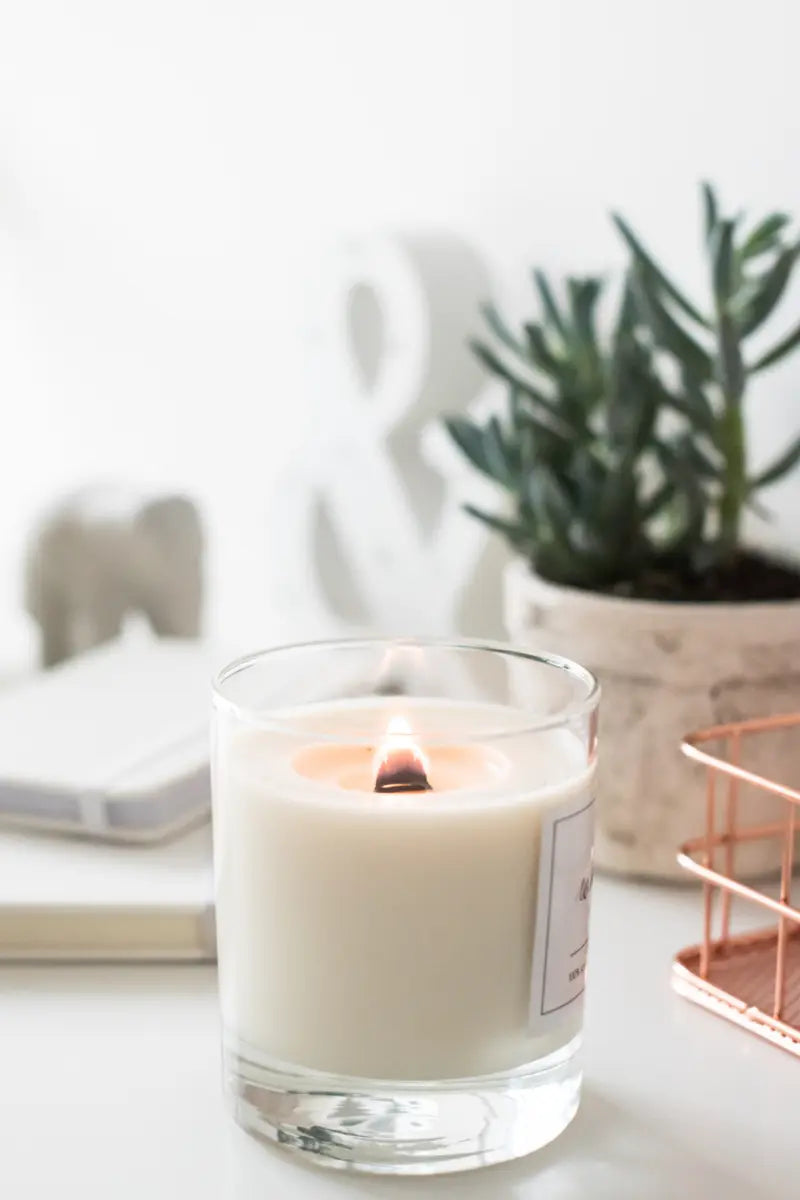We’ve just received our new order of European quality linens from Linen Way. When I initially looked at ordering from Linen Way, I took on the task of learning a little more about linen as the price is a little more of an investment. I’m always of the mind that if you are going to pay a little more for something, there needs to be a good reason – the value must be there. And so great quality natural linens? I found that there is much to be excited about.
The thing I love most about linen bedding is the fact that it’s cool when it’s warm, and warm when it’s cool. Yes, really. The special characteristics of linen mean that it feels both cool in warm weather and is gently warming when cold. This is one of the reasons why linen garments and bedding are so wonderful to use.
Made from the fibres of the flax plant, linen textiles are amongst the oldest textiles in the world. We seem to have gotten away from linen in the last couple of decades – as we made advances in other types of fabric (polyester, anyone?) and the prices of other natural textiles, like cotton, became so much more affordable. But like so much else, we’re seeing a return to natural, quality solutions that have proven themselves over and over again.
While there is skill required in the farming - the flax plant itself requires a great deal of attention to make line beautiful, durable and strong – once the fibres have woven into textiles, they do not stretch and are resistant to damage from wear and tear. Linen is actually one of the few textiles that is actually stronger wet than dry.
If you’re like me, you may be a little hesitant about how difficult linen is to care for. Surprisingly, linen is relatively easy to take care of since it is naturally resistant to dirt and stains. It has relatively minor linting and pilling tendencies (I love that!), feels cool to the touch and can be easily dry-cleaned, machine-washed or steamed. It can withstand high temperatures (great for bedding and bath linens), has moderate shrinkage and gets softer and more beautiful the more it is washed. It can also absorb water more effectively compared to cotton. If you want to see this in action, invest in some beautiful tea towels. You’ll be avoiding the cotton ones in no time…
Linen should not be tumble dried too extensively (except for towelling where it is recommended), and it’s much easier to iron when it’s damp.
But what about the wrinkling? Yes. Linen does wrinkle, something that is a part of its special charm and beauty. But with high quality fabrics, after only a few washes, the fibres begin to soften and become less prone to breaking and, as a result, are less inclined to wrinkle. I have a linen duvet cover which I thought would make me crazy – but it’s beautiful. Good quality linen is so much more than I ever expected and using it gives me a little thrill every time. It’s one of those small things that help you stop and appreciate the moment.


